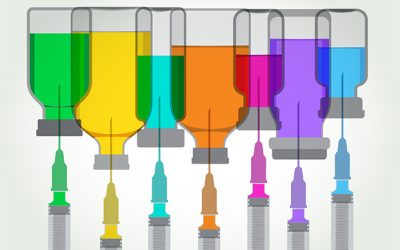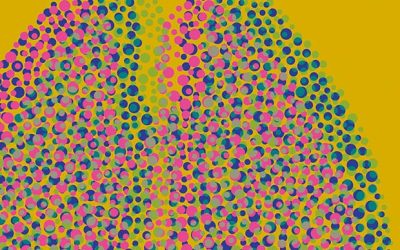Researchers from King’s College London (KCL) have investigated a new technique for diagnosing and evaluating multiple cardiac conditions that involve excess iron.
The new technique, cardiac quantitative susceptibility mapping (QSM), was used to investigate the build-up of excess iron.
With most serious heart attacks, the potential for blood to leak into the heart muscle is more likely and can form iron deposits that can lead to heart failure.
Despite existing methods for detecting iron build-up in the heart, a variety of other conditions that are associated with heart attacks can affect these methods.
Published in the Journal of Cardiovascular Magnetic Resonance, researchers assessed the accuracy of QSM with a purpose-built susceptibility phantom that contained tubes with a range of gadolinium concentrations, clear, colourless fluid used to make images clearer during an MRI scan.
Researchers then tested QSM in ten health volunteers and five patients with a ST-segment elevation myocardial infarction and suspected intra-myocardial haemorrhage to detect regions of increased susceptibility and iron in vivo.
Results showed that QSM was successfully able to visualise iron deposits and has the potential to improve diagnosis by reducing sensitivity to other conditions.
Additionally, QSM for iron could help researchers explore novel therapies as well as different clinical scenarios.
Researchers suggest further clinical evaluation of the new technique before it can be used in healthcare.
Dr Andrew Tyer, research association, KCL’s School of Biomedical Engineering and Imaging Science, said: “This work takes an important step towards translating QSM to the clinic by characterising its performance in the heart in healthy controls and patients before demonstrating the detection of these iron deposits in patients with heart attacks.”
Dr Pier Giorgio Masci, consultant cardiologist at KCL, said: “This technique will pave the avenue for a more comprehensive, fully quantitative investigation of the ischaemia-reperfusion damage in patients who have suffered a severe heart attack, known as a ST-segment-elevation myocardial infarction.”










